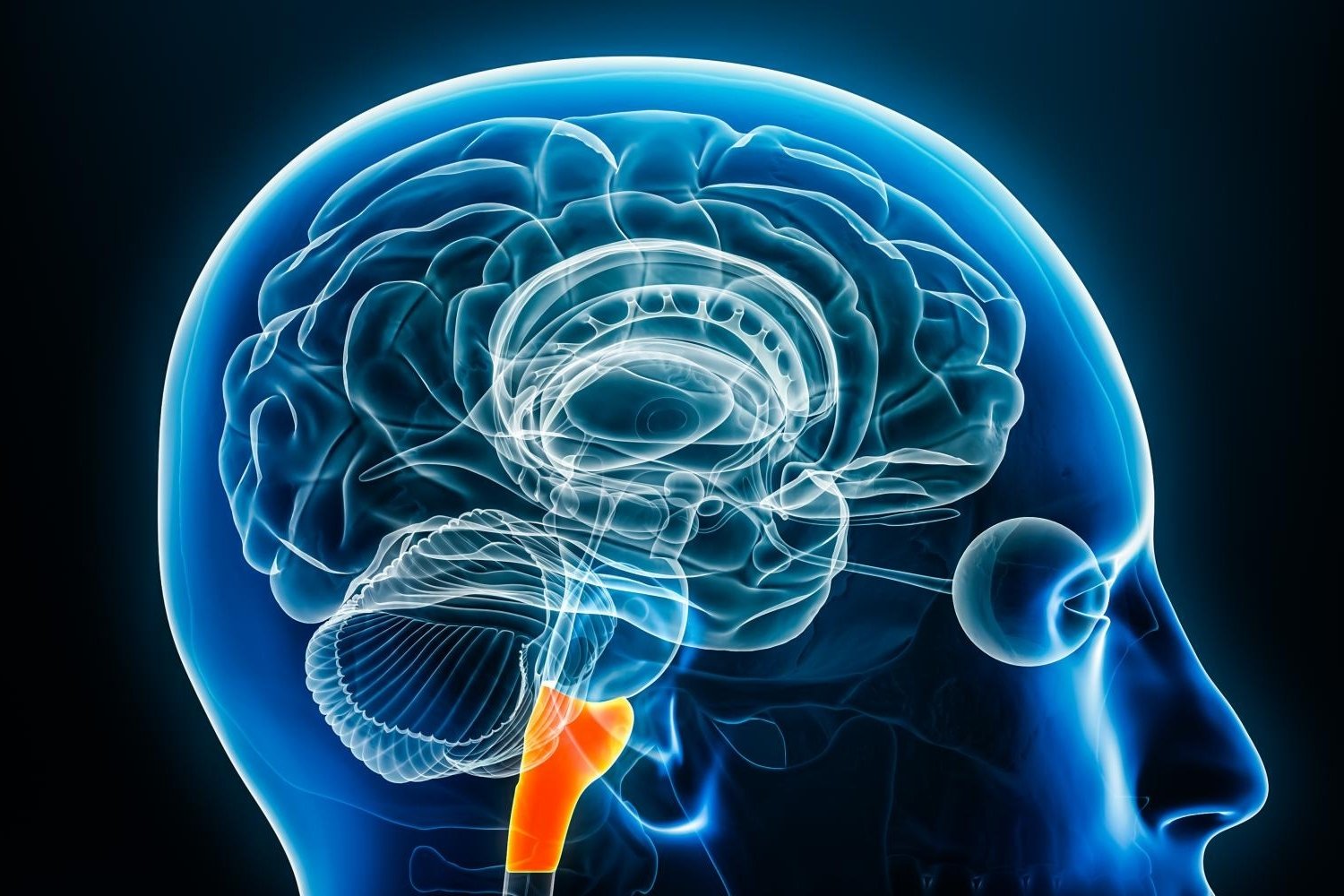
What is the brainstem? The brainstem is a vital part of the human brain, acting as a bridge between the brain and spinal cord. It controls many basic life functions such as breathing, heart rate, and blood pressure. Without it, survival would be impossible. The brainstem consists of three main parts: the midbrain, pons, and medulla oblongata. Each part plays a unique role in maintaining bodily functions and facilitating communication between different parts of the nervous system. Understanding the brainstem is crucial for grasping how our bodies function on a fundamental level. Ready to learn more? Let's dive into 27 fascinating facts about this essential brain structure.
What is the Brainstem?
The brainstem is a crucial part of the human brain, connecting the cerebrum with the spinal cord. It controls many basic life functions. Let's dive into some fascinating facts about this vital structure.
- The brainstem consists of three main parts: the midbrain, pons, and medulla oblongata.
- It plays a key role in regulating heart rate, breathing, and blood pressure.
- The brainstem is responsible for reflex actions like swallowing, coughing, and sneezing.
- It acts as a conduit for all the information traveling between the brain and the rest of the body.
Functions of the Brainstem
The brainstem is not just a simple connector; it has many important functions that keep us alive and functioning.
- The brainstem controls the sleep-wake cycle through the reticular activating system.
- It helps regulate the body's pain sensitivity by controlling the release of endorphins.
- The brainstem coordinates eye movements and pupil dilation.
- It plays a role in maintaining balance and posture by processing sensory information from the inner ear.
Brainstem and Survival
Survival would be impossible without the brainstem. It manages many automatic functions that we often take for granted.
- The brainstem controls the gag reflex, which prevents choking.
- It regulates the body's temperature by controlling blood flow and sweating.
- The brainstem is involved in the fight-or-flight response, preparing the body to react to danger.
- It helps control digestion by regulating the muscles in the gastrointestinal tract.
Brainstem and Communication
Communication between different parts of the brain and the body is facilitated by the brainstem.
- The brainstem contains cranial nerves that control facial expressions, hearing, and taste.
- It helps transmit sensory and motor signals between the brain and the spinal cord.
- The brainstem plays a role in speech production by coordinating the muscles involved in speaking.
- It processes auditory information, helping us to understand and respond to sounds.
Brainstem Disorders
Disorders affecting the brainstem can have serious consequences, impacting many vital functions.
- Brainstem strokes can lead to severe disabilities or even death.
- Tumors in the brainstem can cause symptoms like headaches, nausea, and difficulty walking.
- Multiple sclerosis can damage the brainstem, leading to problems with balance and coordination.
- Brainstem injuries can result in a condition called "locked-in syndrome," where a person is conscious but unable to move or communicate.
Interesting Facts About the Brainstem
Beyond its essential functions, the brainstem has some intriguing aspects that highlight its complexity and importance.
- The brainstem is one of the oldest parts of the brain, evolutionarily speaking.
- It is involved in the sensation of taste by processing signals from the tongue.
- The brainstem helps regulate the body's circadian rhythms, influencing sleep patterns.
- It plays a role in controlling the body's reflexes, such as the startle response.
- The brainstem is involved in the sensation of touch by processing signals from the skin.
- It helps regulate the body's response to stress by controlling the release of stress hormones.
- The brainstem is essential for consciousness, as damage to this area can lead to a coma.
The Brainstem: A Marvel of Human Anatomy
The brainstem is a powerhouse. It controls vital functions like breathing, heart rate, and blood pressure. Without it, survival would be impossible. This small but mighty part of the brain also plays a crucial role in sleep, alertness, and even swallowing. Damage to the brainstem can lead to serious consequences, highlighting its importance in our daily lives.
Understanding the brainstem helps us appreciate the complexity of the human body. It’s fascinating how such a small structure can have such a big impact. From regulating basic life functions to influencing our sleep patterns, the brainstem is truly a marvel of human anatomy. Next time you take a breath or feel your heart beating, remember the brainstem is hard at work, keeping you alive and well.
Was this page helpful?
Our commitment to delivering trustworthy and engaging content is at the heart of what we do. Each fact on our site is contributed by real users like you, bringing a wealth of diverse insights and information. To ensure the highest standards of accuracy and reliability, our dedicated editors meticulously review each submission. This process guarantees that the facts we share are not only fascinating but also credible. Trust in our commitment to quality and authenticity as you explore and learn with us.
